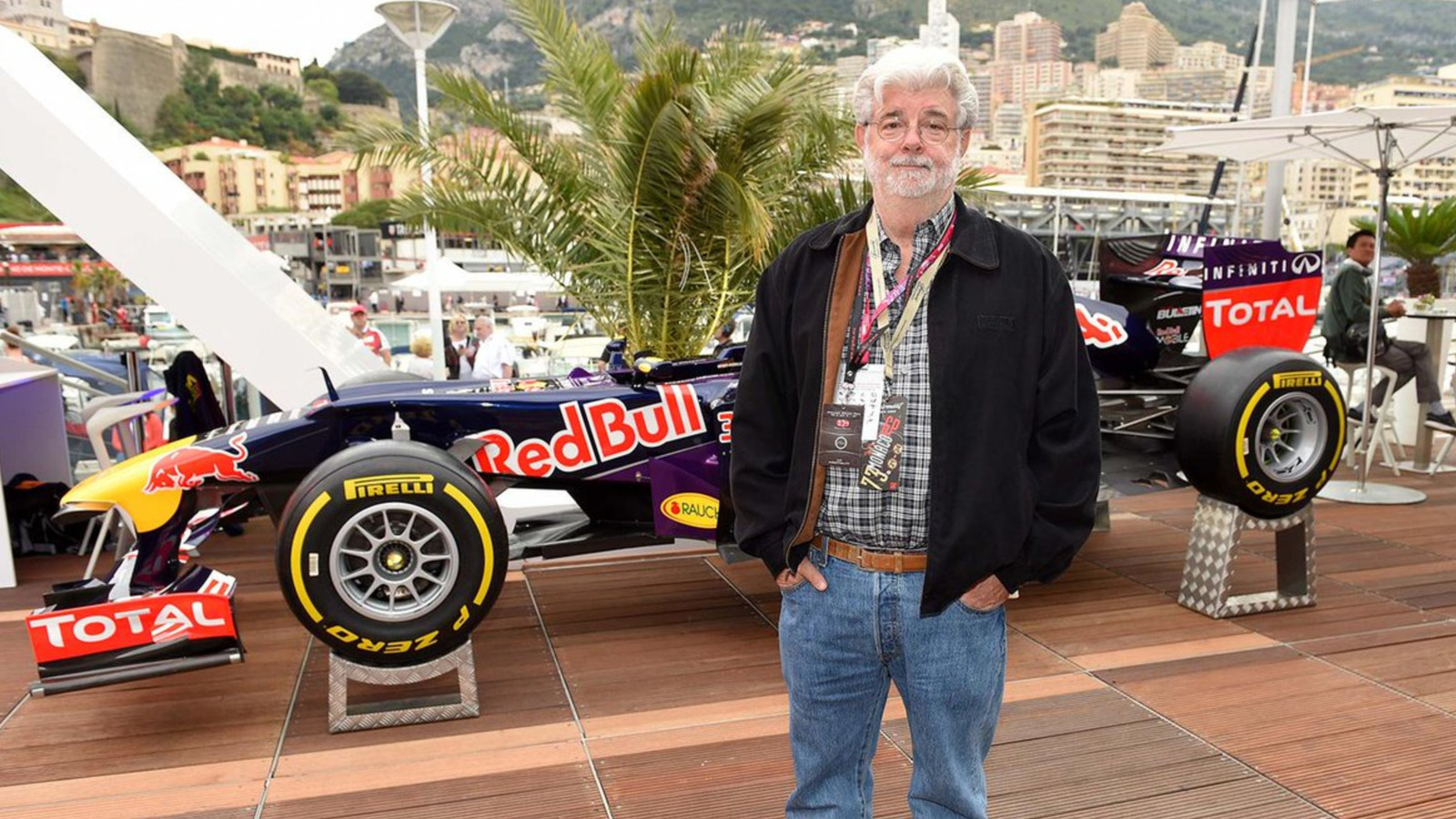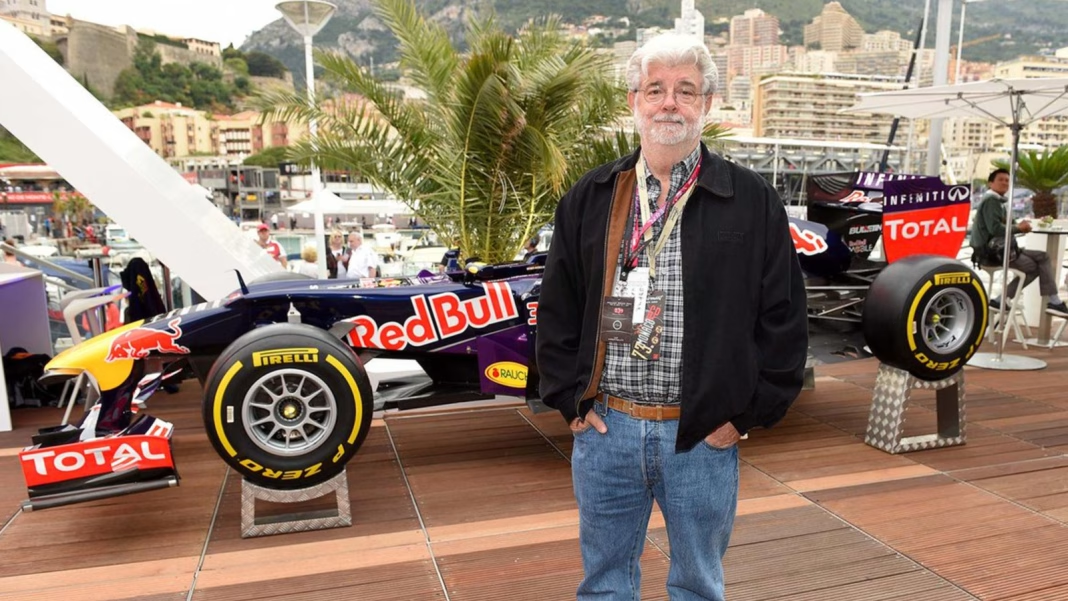The 1966 racing film “Grand Prix” isn’t just another movie about fast cars and thrilling races; it’s a landmark in the world of cinematography that set new standards for how films could be made. At the heart of this cinematic revolution? An uncredited George Lucas, who played a pivotal role behind the scenes.
How Did “Grand Prix” Change Cinematic Techniques?
When “Grand Prix” hit theaters, it introduced audiences to a level of visual storytelling that was groundbreaking for its time. The film combined stunning race footage with a compelling narrative, showcasing the adrenaline of Formula One racing in a way that had never been done before. Director John Frankenheimer utilized innovative camera techniques, including the use of multiple cameras to capture the action from various angles. This approach not only heightened the intensity of the races but also allowed viewers to feel as if they were right there on the track.
Lucas, who was working as a cameraman on the film, contributed to this innovative style. His keen eye for detail and creative camera work helped shape the film’s dynamic visuals. The result? A cinematic experience that felt immersive and exhilarating. This was a significant departure from the static shots that dominated earlier racing films, and it paved the way for future filmmakers to explore new techniques in action sequences.
What Innovations Came from “Grand Prix”?
The film didn’t just change how racing was filmed; it also influenced the broader landscape of cinema. The use of in-car cameras and the integration of real race footage with scripted scenes created a sense of realism that captivated audiences. This blending of documentary-style footage with narrative filmmaking became a hallmark of many action films that followed.
Moreover, “Grand Prix” showcased the importance of sound design in enhancing the viewing experience. The roar of engines, the screech of tires, and the palpable tension of the races were all meticulously crafted to draw viewers into the heart of the action. This attention to audio detail set a new standard for how sound could be used to elevate a film’s emotional impact.
Why Should We Care About George Lucas’s Role?
While many people associate George Lucas primarily with the “Star Wars” franchise, his contribution to “Grand Prix” is a fascinating chapter in his career. His work on this film not only honed his skills as a filmmaker but also influenced his future projects. The techniques he helped develop in “Grand Prix” can be seen in the way he approached action sequences in “Star Wars,” where dynamic camera movements and immersive sound design became signature elements.
Lucas’s experience on “Grand Prix” also highlights the collaborative nature of filmmaking. It serves as a reminder that even the most iconic directors often start in supporting roles, learning from their peers and contributing to projects that shape the industry. This journey from cameraman to visionary director illustrates the importance of mentorship and collaboration in the creative process.
What’s the Lasting Impact of “Grand Prix”?
The legacy of “Grand Prix” extends far beyond its initial release. It inspired a generation of filmmakers to push the boundaries of what was possible in cinema. The film’s innovative techniques can be seen in modern action films and documentaries alike, where the goal is to create an engaging, immersive experience for the audience.
In a world where visual storytelling continues to evolve, “Grand Prix” remains a touchstone for filmmakers looking to capture the thrill of speed and competition. Its influence is evident in everything from car commercials to blockbuster action films, proving that the spirit of innovation is alive and well in the industry.
The big takeaway? “Grand Prix” isn’t just about fast cars and thrilling races; it’s a testament to the power of creativity and collaboration in filmmaking. So, whether you’re a budding filmmaker or just a fan of cinema, remember that every great film starts with a spark of innovation. Embrace your creative journey, and who knows? You might just change the course of cinema history yourself.


